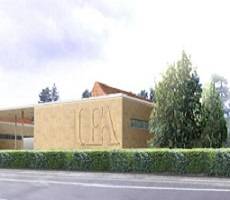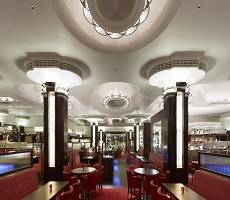July 9, 2013
First “green-rise” commercial office building announced for Los Angeles
High-rise buildings tend to evoke a love-hate response, and being green is usually not a strong feature. However a new high-rise is being planned in California which aims to join the handful of tall buildings in North America to achieve the U.S. Green Buildings Council’s LEED Platinum certification. The 37-storey Century City Center will integrate the best new engineering and technological practices and innovations to deliver the first new build LEED Platinum “green-rise” in Los Angeles and Southern California. It promises, say developers JMB Realty Corporation, to effectively create a new benchmark in sustainable performance for the commercial office market in America’s second-largest urban region.



















July 3, 2013
The world’s enduring love hate relationship with its tall buildings
by Mark Eltringham • Architecture, Comment, Property
One day, news will emerge from Dubai of a new development that doesn’t break some record or other, or at least one that isn’t solely about the size of a building. The latest example of the Emirati obsession with scale is the plan by developers DMCC, the people who brought you the Jumeirah Lake Towers, to create the world’s largest commercial office building as part of a 107,000 sq m development of their business park. Although still in the development stage, the developers have their eyes on usurping the current holder of the tallest office crown, Taipei 101, the 509m-high building which was the world’s tallest tower of any sort until the Burj Khalifa came along in 2010. In their press announcement the developers claim the new tower will act as a magnet for multinationals, although not everybody is quite so enamoured of the idea that tall is best. (more…)